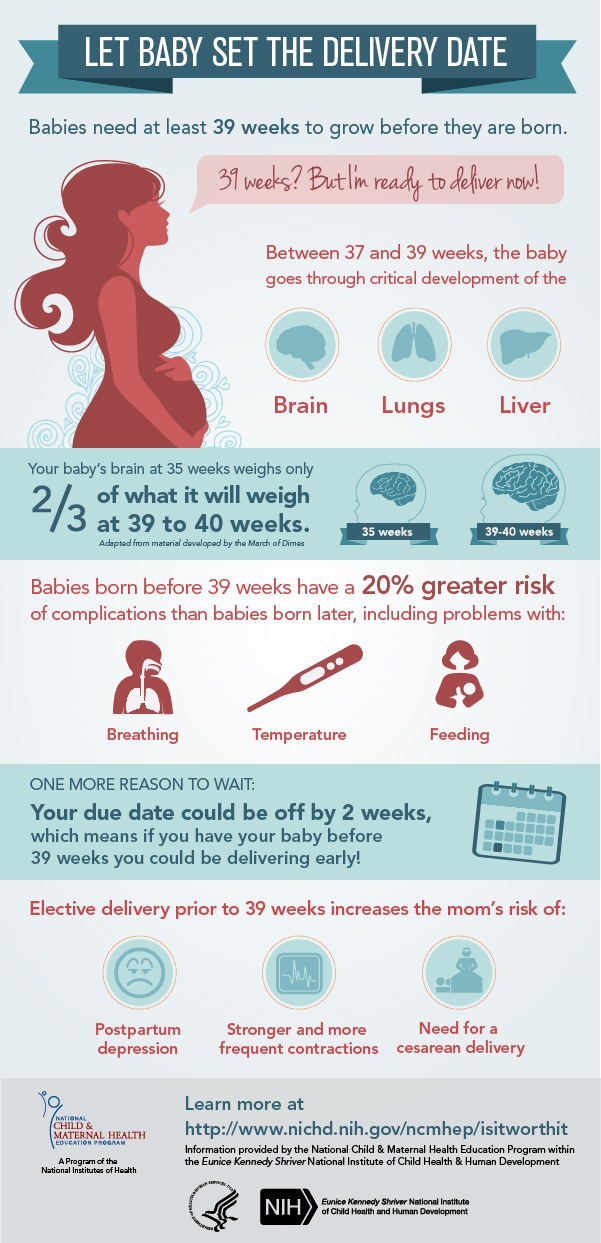A vaginal birth after cesarean is also referred to as a VBAC and involves simply giving birth vaginally for your next child after you have given birth via C-section to the child prior. Just because you have undergone a C-section once does not mean that you can no longer deliver children vaginally. There are many things to consider when choosing VBAC birth, but the success rate of this procedure is the most important factor.
How VBAC Is Approached
Most doctors that allow patients to choose VBAC do so with a specific plan in mind. This means that the VBAC is a type of trial of labor. In basic terms, a vaginal labor is the goal, but at the first sign of difficulty or potential harm to the mother or baby a C-section is chose. Of the women that opt for a VBAC, almost 4 out of 10 require a C-section instead.
Is VBAC Safe?
A vaginal birth after a C-section is a very safe option for most women. However, you might not know if it is the right option for you until you consult with your doctor. The most important things to consider before you choose a VBAC are the reasons behind your C-section and how many C-sections you have undergone. This will enable your doctor to give you the best advice and ensure that your labor is safe and effective.
Why Choose VBAC?
Many women opt for VBAC, because there are some benefits that can be gained. It is important to realize that VBACs are an effective way to deliver your child and have a success rate that is near 73%. This means that not every women who opts for a VBAC actually delivers their child vaginally, but many do. There is never one factor that can allude to a VBAC not working properly. Every labor is different and there simply has to be a plan in place to ensure that safety is maintained.
Never Quite Sure?
You can always have all the advice and all the knowledge, but predicting if vaginal births will work is difficult. Even women that have never given birth before only have about a 60% chance of giving birth vaginally. This means that the factors associated with vaginal births can’t always be predicted. VBACs are effective and do have a high success rate above 70%. Simply consult with your doctor before you choose this option for labor.
